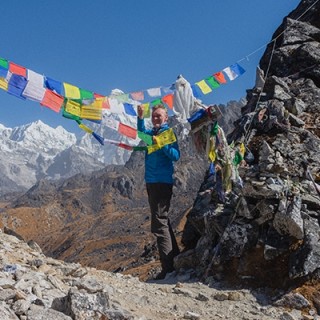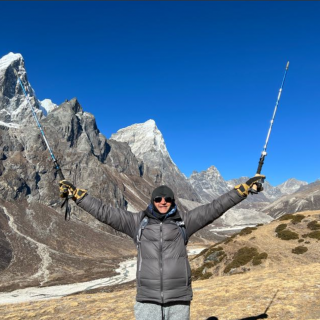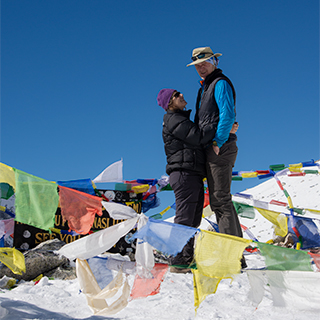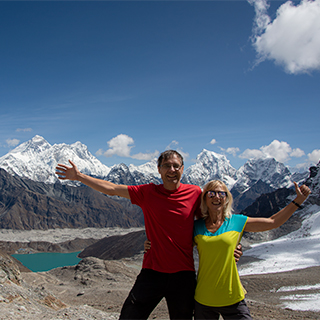The climate in Nepal varies with topography and altitude, with the Terai region having a hot and humid climate, the mid-land region being pleasant almost all year round, and the northern mountain region having an alpine climate with considerably lower temperatures in winter. However, it could be phrased more clearly. Here's one possible revision:
"Nepal's climate varies greatly depending on its topography and altitude, ranging from subtropical to arctic. The Terai region, which is located at lower altitudes, has a hot and humid climate. The mid-land region, which is at medium altitudes, has a pleasant climate throughout the year, although winter nights can be cool. The northern mountain region, which is located above an altitude of 3,353m, has an alpine climate with significantly lower temperatures in winter."
It is important to note that the climate in Nepal can be unpredictable and can change rapidly, especially in high altitude areas, so it's always advisable to check the weather forecast, monitor the local news and be prepared for unexpected weather conditions.
Note: Spring and autumn are generally considered the best seasons for visiting places in Nepal due to the warm days, clear skies, beautiful natural scenery, and spectacular views that are typically present during those seasons.









